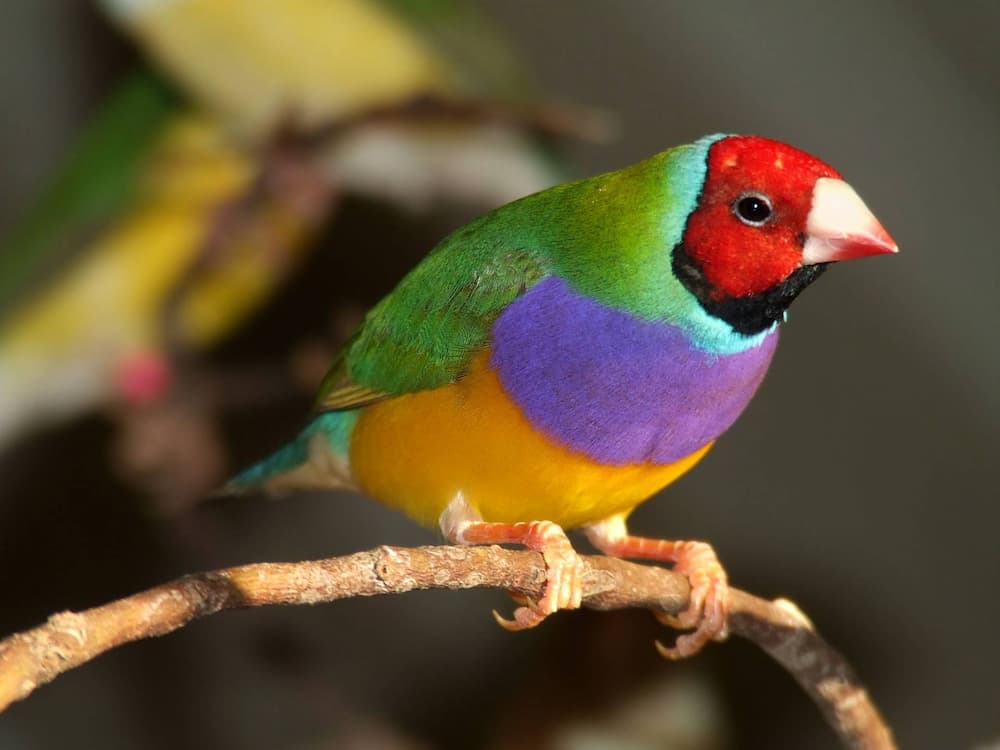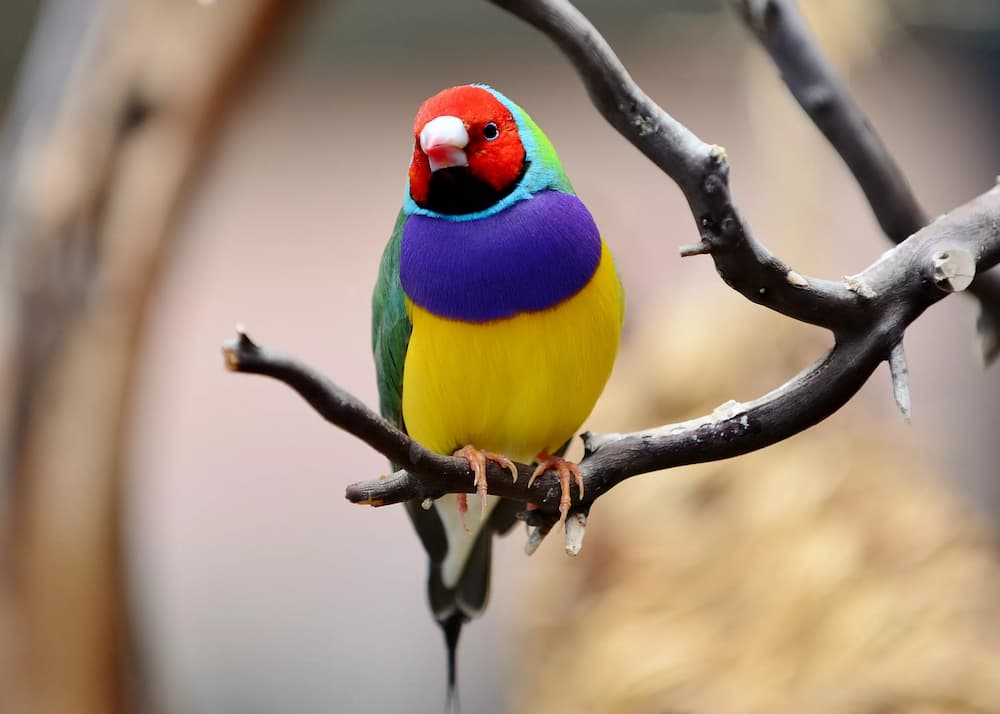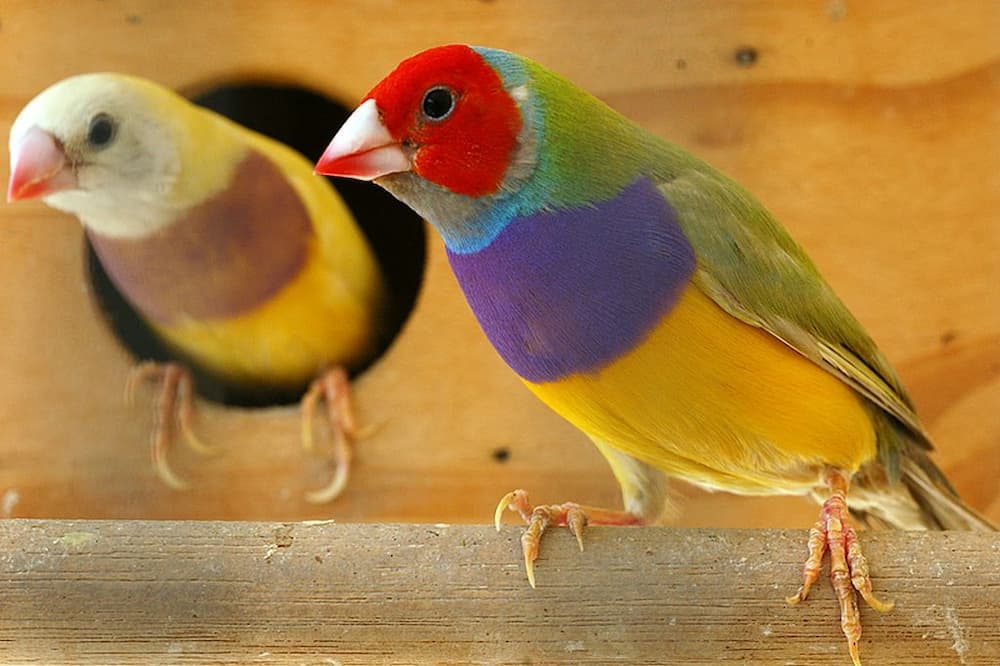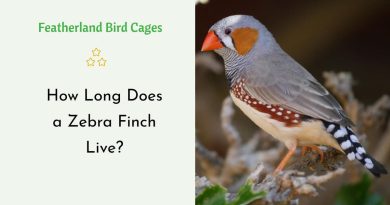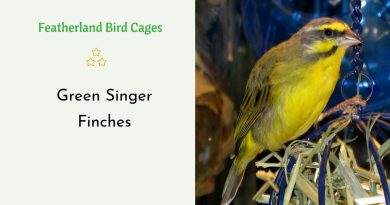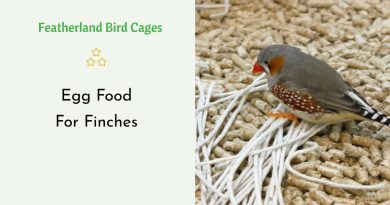Gouldian Finch Hatchlings

Gouldian finches are a classic polymorphic species. Throughout their range black and red head colour morphs coexist in pairs and breed in the dry season when food is abundant.
They are obligate cavity nesters, using holes in trees. They are also migratory, returning to the lowlands after sorghum seed reserves are exhausted. At waterholes they assemble in mixed-species flocks and the least conspicuous birds take the lead.
Breeding
Gouldian Finches are one of the most difficult finches to breed successfully. They are usually able to produce three to four clutches per season however after their fourth they become less fertile and will start to fail to hatch their eggs.
During breeding they should be fed a high protein diet like boiled egg and chitted seed mixes. They also need a period of rest and complete molting before they can breed again.
They are very private birds and the mating ritual is an amazing event to watch. The male will jump straight up and down to beckon the hen to come close and then she will bow and shake her feathers at him.
It is possible to breed a pair and then separate them however it is not recommended for a novice with little experience. They must be re-paired in another room out of ear shot and then allowed to rebond. This can take up to a year before they begin to breed again.
Nesting
Gouldian finches build open cup nests in tree hollows or holes in termite mounds. They can produce up to two broods in a year with 4 to 8 eggs each.
It is not uncommon for Gouldians to abandon their eggs or chicks. They are not good parents and require much patience to raise successful chicks. People who raise Gouldians often keep society or zebra finches to serve as foster parents for their eggs and chicks.
When a pair gets close to hatching I will put some Bermuda grass in their nest box for them to start building on. I also add a wooden block to the bottom of their cage which keeps the eggs in place. I inspect the nests about every other day during this time and remove any infertile eggs. Fertile eggs will look rosy pink.
It is important to do all of this without disturbing the chicks in the nest. This is especially true for the first week of their lives when their feathers are still developing.
Feeding
When a gouldian finch chick is ready to hatch it will start to peep. This happens as the carbon dioxide levels in its blood begin to rise, which causes it to penetrate the air cell at the blunt end of the eggshell.
Once the eggs have hatched and the gouldians are fully feathered, they should be removed from the breeding cages. These birds are sensitive to frequent handling and stress can weaken their resistance to disease. They should be placed into large flights or cages separated by sex, completely out of sight of their partner.
Once the young have a good amount of feathers, they can be fed a protein rich diet such as our Seasonal Blend and sprouted seed along with fresh greens and fruit or veggies. We also offer molting foods, song foods and conditioning foods that provide different combinations of seeds with less fresh produce for healthy molts, singing and strong body condition.
Care
Gouldian finches are very prone to air-sac mite infestation, which can be life threatening during the breeding and molting cycles. Therefore, keeping them on a regular treatment schedule is important.
When choosing a breeder, make sure they are experienced in raising these birds and have a solid reputation for producing healthy hatchlings. Ask them how long they have been breeding and take a tour of their facility. The cages should be clean and the food should look fresh. Also, a quality diet will include a good mix of seeds, romaine lettuce, cooked sweet potatoes, corn and apples.
It takes up to a year for young gouldians to mature and molt into their adult colors. This is why it is crucial that Gouldians bred by someone who is familiar with this species. Also, avoid fostering Society or other breeds of finches with Gouldian chicks as this can cause imprinting and rejection. This is why a knowledgeable breeder will pair their Gouldians correctly to ensure success.


